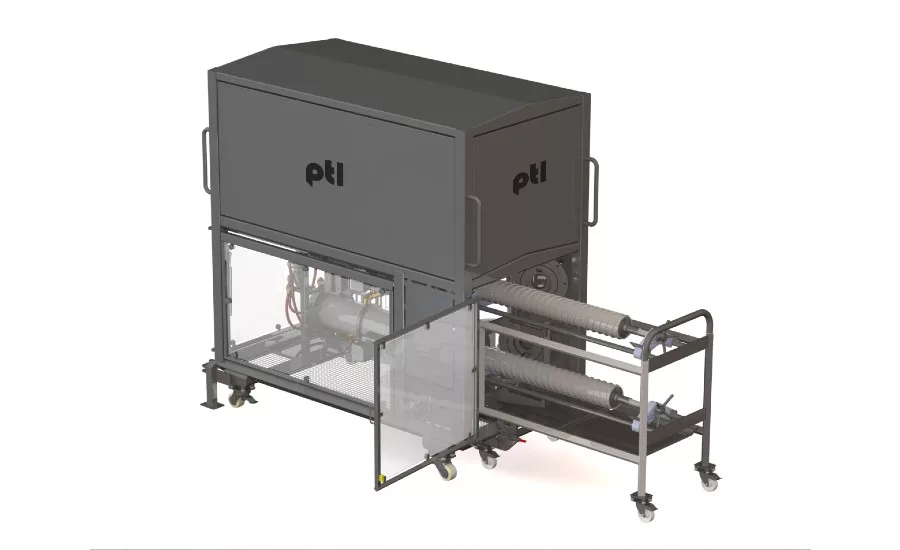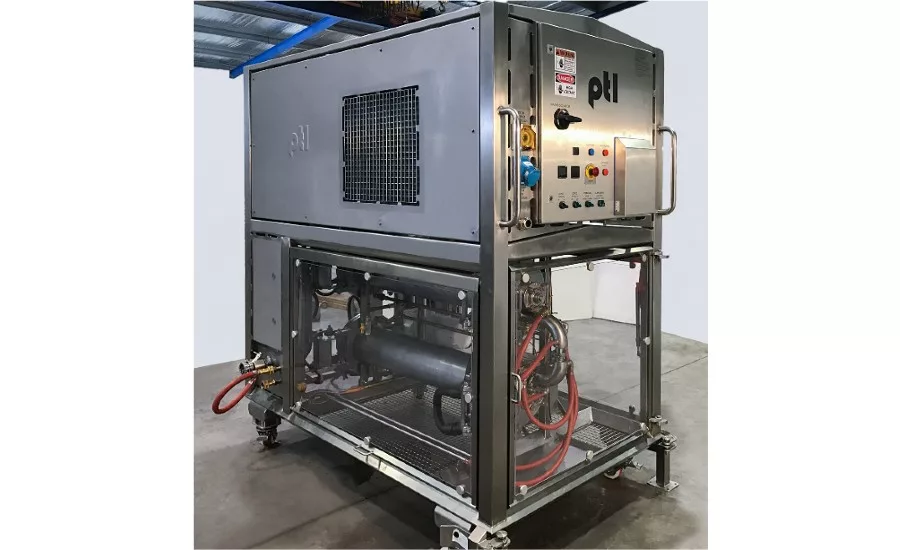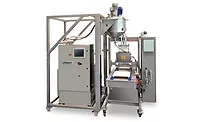Considerations for Chocolate Tempering
Proper chocolate tempering is critical to achieving snappy, glossy chocolate.





Chocolate is an ideal medium for delivering cannabinoids—given its natural fat content and its popularity and familiarity among consumers—but its unique properties make using chocolate as challenging as it is appealing.
One of the most difficult aspects of handling chocolate is proper tempering, and carefully completing this process provides the structure and texture high-quality chocolate is known for, says Jim Bourne, president, Hilliard’s Chocolate Systems, West Bridgewater, MA.
“Tempered chocolate has a crystal structure that makes the chocolate hard, as opposed to crumbly; shiny, as opposed to dull or gray-looking; and shelf stable,” he says. “Tempered chocolate has a better presentation, mouthfeel, and storage.”
Equipment suppliers say they can help burgeoning and experienced cannabis-infused chocolate makers achieve proper tempering, along with meeting their needs for capacity and cleanliness.
Chocolate handling
Featuring differing levels of cocoa solids, cocoa butter, and sugar, each variety of chocolate behaves differently during manufacturing.
Dark chocolate contains at least 60 percent cocoa, making it bitter and less smooth in texture than milk chocolate, which contains between 30 and 60 percent cocoa and has more sugar and dairy. White chocolate has no cocoa solids, but it has at least 20 percent cocoa butter, sugar and dairy, making it sweeter and easy to melt.
Chocolate must be melted to coat and dip products and to deposit into moulds for tablet bars, truffles and other individual pieces. But before it reaches these stages, chocolate must be tempered.
Mike Nevines, technical director, PTL Machinery, Auckland, New Zealand, says tempering involves passing molten chocolate through a series of temperatures while agitating it to create many small, stable “beta” cocoa butter crystals.
In educational materials on tempering, PTL says exact temperatures vary among chocolate types, depending on the hardness of the cocoa liquor and cocoa butter, the type of processing, the total fat content, and the ratios of any other fats added to the chocolate recipe.
“With correct, constant and accurate tempering the product will develop good snap, good finish gloss, good mouthfeel, will cool and set correctly, and for moulding applications, will shrink correctly for mould release,” Nevines says.
Successful tempering will also prevent fat bloom, or whitish patches on the surface of chocolate that are safe to eat but not visually appealing, notes Sean Burns, Sollich North America, LLC, Seminole, Florida.
Incorporating cannabis adds another layer of complexity. When Hilliard’s Chocolate Systems began working with manufacturers in the cannabis space eight years ago, Bourne says they weren’t sure chocolate and cannabis oil would blend successfully, even with their complementary fat profiles.
“When this market first appeared I was curious if the oil in cannabis would be compatible with the cocoa butter,” he says. “Thankfully, it is. We spend time with all customers new to chocolate to explain the ‘dos and don’ts’ of working with chocolate.”
Nevines recommends introducing cannabis oil into chocolate after the tempering process is complete.
“Adding oil to chocolate is best done after tempering, the reason being that it may disrupt the tempering process if added prior,” he says.
What to look for
Burns says there are several factors to consider when selecting chocolate tempering equipment. He suggests seeking easy-to-use machinery that gives manufacturers “well-tempered chocolate using good heat transfer and mixing.”
Nevines also points to the importance of mixing capability, particularly a machine’s shear mechanics, which is necessary for agitating the chocolate and prompting crystals to form.
Hygienic design is also critical for maintaining cleanliness and quality control. PTL’s Washdown Temperer features a stainless-steel construction and quick, simple disassembly and easy shifts between chocolate types.
“We make a sanitary model of this equipment that is able to be easily and quickly disassembled and 100 percent allergen cleaned,” Nevines says. “This is very rare in the industry but gaining awareness in the world of allergen control.”
For new manufacturers, selecting a temperer that meets their capacity needs is key. Bourne says Hilliard’s small-scale machines, such as its 80-lb. and 240-lb. temperers, are popular among its cannabis customers who are just getting started.
“The capacity needed is always a great unknown for those new to working with chocolate,” he says. “We recommend equipment that is a bit larger than their anticipated needs so that they can grow into it.”
Image Source: Courtesy of Hilliard's Chocolate Systems, PTL Machinery
This article was originally posted on www.cannabisproductsinsider.com
Looking for a reprint of this article?
From high-res PDFs to custom plaques, order your copy today!









